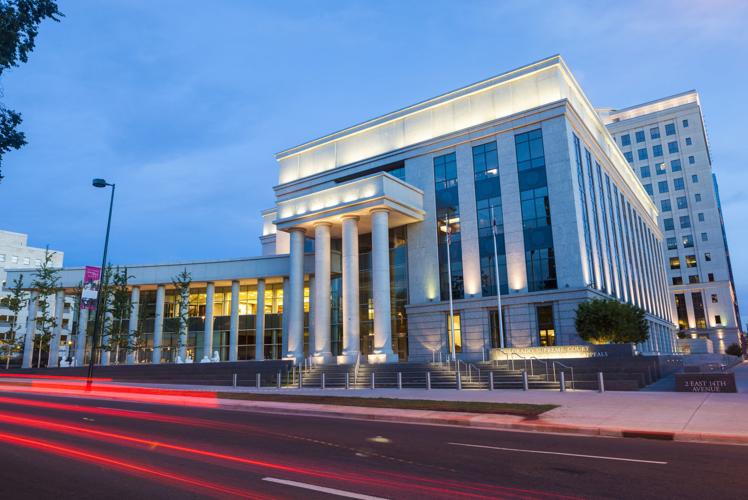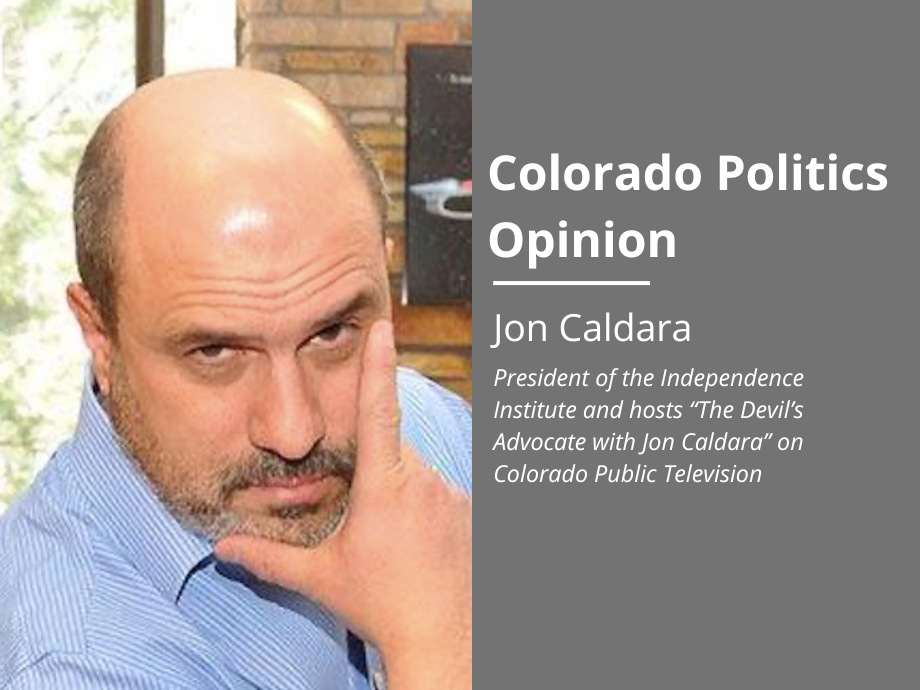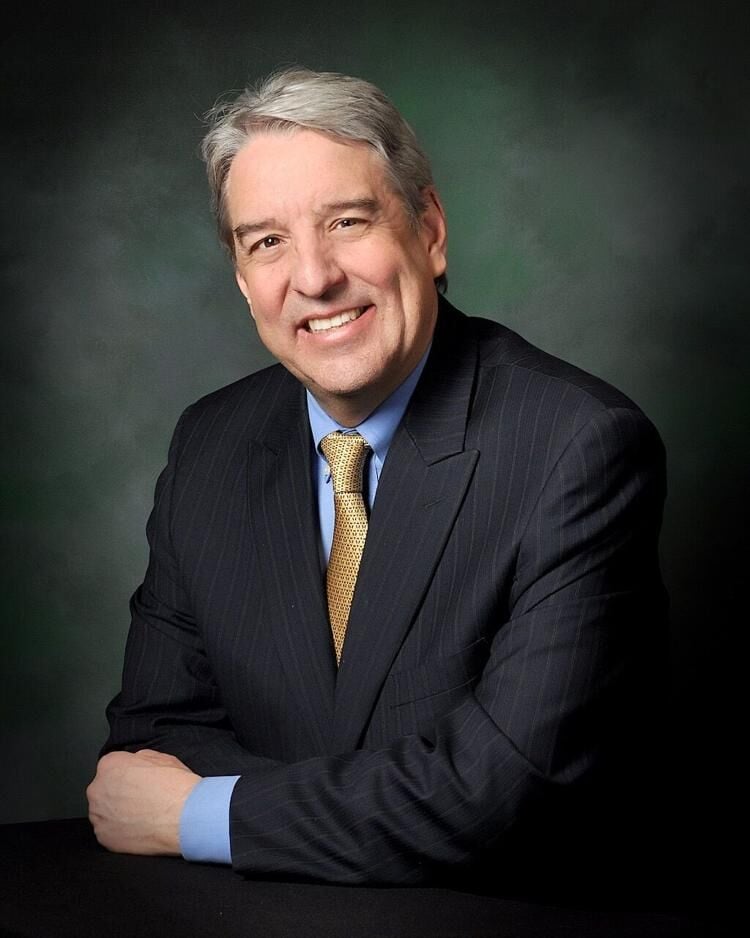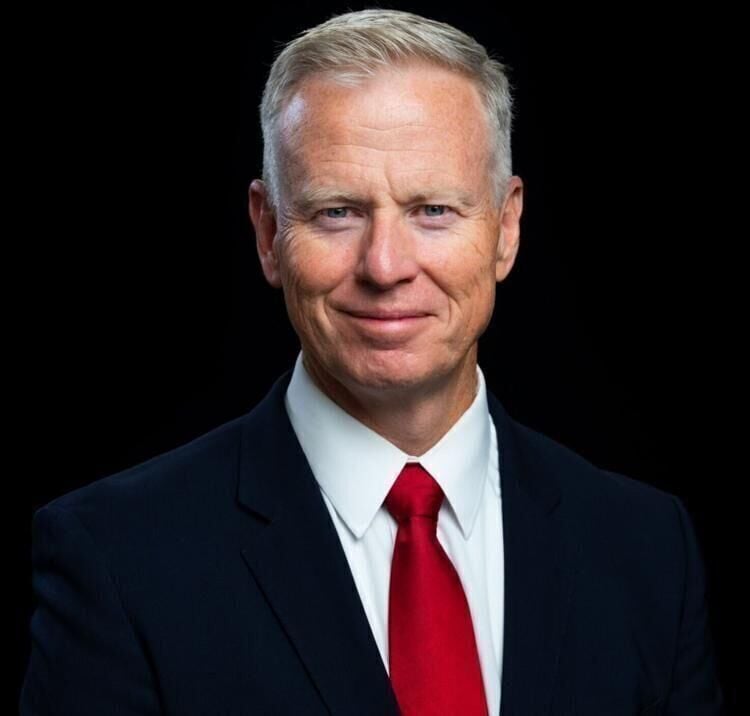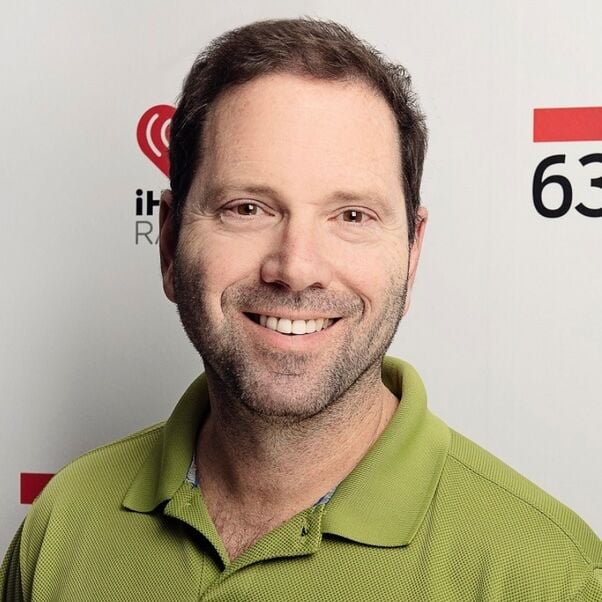CRONIN & LOEVY | A third political party to the rescue?
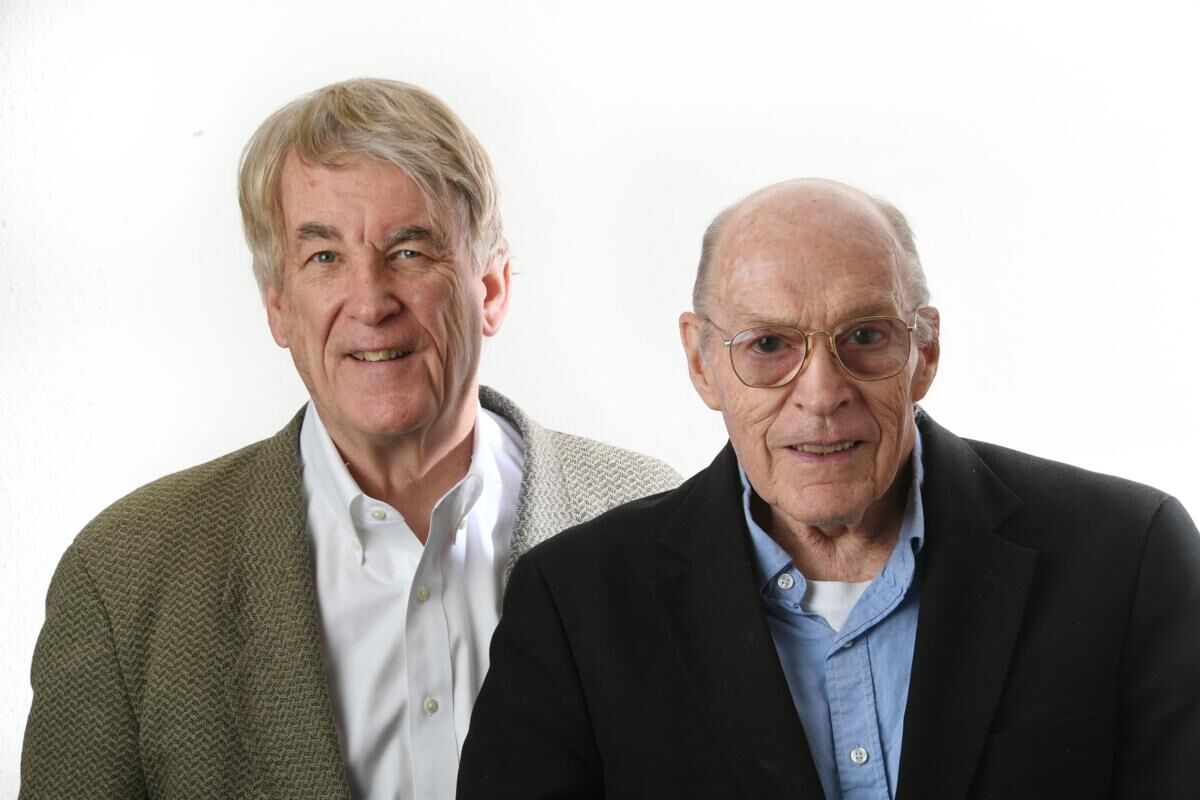
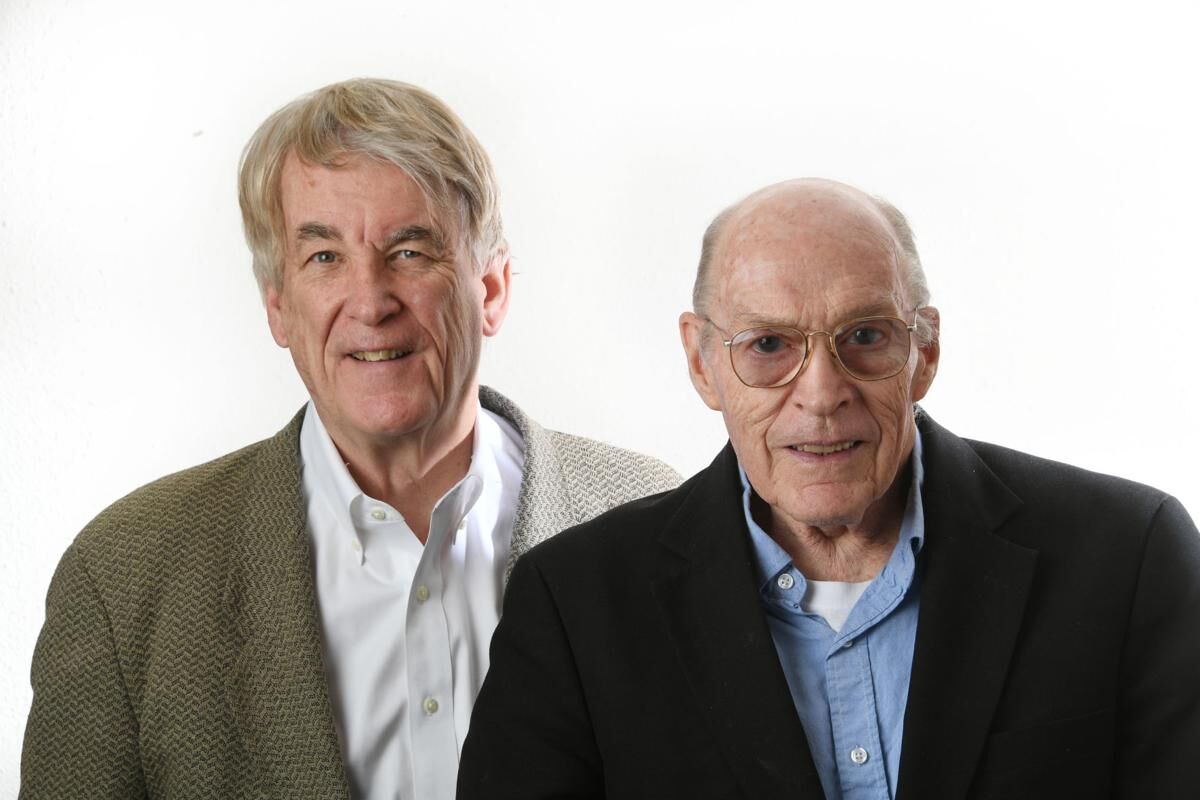
Tom Cronin and Bob Loevy
At least 60% of Americans say a third party is needed in the United States. Younger citizens are increasingly reluctant to join either the Democratic Party or the Republican Party. More and more Americans consider themselves independents and, as done here in Colorado, register as unaffiliated voters.
Popular Colorado Gov. Dick Lamm, who died a year ago, won election as a Democratic governor three times. Yet he defected to Ross Perot’s Reform Party in the 1990s, saying his old party — the Democratic Party — had become overly influenced by special-interest groups such as trial lawyers, teachers unions and others. Lamm ran unsuccessfully for the Reform Party’s presidential nomination in 1996.
Lamm co-authored a novel, titled “1988,” with a protagonist who was a similarly disenchanted former Democratic governor of Texas. This fictional governor championed a third party “middle way.”
A “Moderate Party” recently emerged in New Jersey. It is mainly made-up of Republican Party dissidents who contend their former political party has been hijacked by right-wing conspiracy theories that deny that Donald Trump was defeated in 2020 when he ran for reelection to the U.S. presidency.
Republican Colorado state Sen. Kevin Priola, who has two more years to serve, defected to the Democratic Party last month saying “I cannot continue to be part of a political party that is okay with a violent attempt to overturn a free and fair election.” Wyoming U.S. Rep. Liz Cheney was trounced in her renomination bid for feeling the same way. She is being talked about as a possible third-party candidate for president in 2024. This is unlikely. Cheney says my party is sick, yet I am still a Republican.
Andrew Young — a young businessman who gathered a following two years ago when he ran for the Democratic presidential nomination, and to a lesser extent when he ran for NYC mayor this year — is trying to organize a national third party.
For more than a decade, a well-meaning effort by mostly suburban moderates has been organizing a third-party initiative poorly named as “No Labels.” They rightly believe an imaginative, hard-hitting centrist third party could win in 2024 if the mainstream candidates are Donald Trump vs Bernie Sanders. They could be right.
Is a new third party, or even a multi-party system, what is needed to infuse more common sense and reason into our present-day creaky old two-party political system?
“We usually have two parties bankrupting the country,” says political scientist Larry Diamond. “Indeed, our two-party system is ossified, it lacks integrity and creativity and any sense of courage or high aspiration in confronting our problems.”
Others say we have been poorly served by the existing two-party arrangement. We need, writes New York Times columnist Tom Friedman, a rigorous third party that would propose serious education reform without worrying about the teachers unions; “financial reform without worrying about losing donations from Wall Street; corporate tax reductions to stimulate jobs without worrying about offending the left; energy and climate reform without worrying about offending the right and coal-state Democrats; and proper health care reform without worrying about offending insurers and drug companies.”
The problem, critics say, is that the two traditional parties are so tied to well-organized, well-financed, vested stakeholders that a paralyzing gridlock has made for a timid and virtually do-nothing government. It has also led to unreasonable and dangerous partisan brinkmanship.
Political scientist Lee Drutman writes that the two-party system may have served us well back in the 1950s and 1960s when both major parties were relatively moderate and centrist. But in the 2020s, the parties have turned more left and rightward, respectively. Deadlock is more common than creative compromise.
Drutman advocates a multiparty system because he believes it provides for more diversity and representation: “Multiparty democracy regularizes compromise and coalition building. Since parties need to work together to govern, more viewpoints are likely to be considered.” Policies, he believes, would be more broadly inclusive and legitimate.
Skeptics about the idea of a multiparty system for the United States point to Italy and Israel. Those two countries have multiparty systems and regularly experience major troubles keeping a coalition together and sustaining a stable government. These skeptics often add that, unlike Italy or Israel, the United States is vastly bigger and more diverse. Our two large parties have usually served to harmonize and moderate disparate factions into a politically viable governing coalition.
Drutman and other advocates of institutional reform also recommend adopting ranked-choice voting procedures to go along with a multiparty system. Ranked-choice voting allows voters to rank their choices. Voters note their first choice first, second choice second, and so on. Votes are tallied. If a candidate has a majority of first-place votes, that candidate wins.
Yet if no candidate has a majority, second-choice preferences come into play. The candidate with the fewest first-choice votes is cut out, and voters who had ranked that candidate first have their vote transferred to their second choice. This process is followed until a candidate wins an outright majority.
Maine, Alaska and New York City have adopted this voting reform, as have several other cities. It is a more complicated system, and it lengthens the time required to count the votes. Centrist pundits like New York Times columnist David Brooks and The Economist magazine favor it because they believe it favors moderates. Others complain there is too much gamesmanship involved and that it’s rigged against Republicans.
Ranked-choice voting procedures are unlikely to be adopted widely in the near future. We believe, however, they should be experimented with in at least a few states and city laboratories and in party primaries. One of its appeals is that it lets voters register their preferences without having to worry that they may be wasting their vote.
Third parties raise instructive issues and occasionally force the two main parties to explain their politics, but our entrenched two major parties and election laws have made it difficult for a third party to become a major party.
The last time a third party won the presidency was in 1860, when Republican Abraham Lincoln was elected. By then, the Republican Party had become a major party. At the time, the nation was sharply divided over the issue of slavery, and the Civil War was about to begin.
State requirements for third-party candidates to get on the ballot are probably too restrictive. In addition, our Electoral College system, as currently implemented, means that, even if a new party can win millions of votes, it still may wind up with few if any of the 270 electoral votes needed to win the presidency.
Americans may be frustrated with our existing political parties, yet about 50% of Americans are registered or affiliated with these parties. Another 25% or more regularly vote with the party they lean toward.
Democrats and Republicans are usually joined by the media in predicting that a vote for a third party is a wasted vote. Or, as was the case with Ralph Nader in 2000, a third-party vote is a “spoiler” vote, costing one of the two major party candidates the presidency. Nader doubtlessly siphoned off needed votes from Democrat Al Gore, who narrowly lost the White House to Republican George W. Bush.
The political reality is that third parties have limited prospects in the near term. When third parties occasionally generate popular and constructive ideas, one of the major parties gradually modifies those ideas into their own platform, sometimes as soon as the next election. Richard Nixon did this with some of George Wallace’s ideas. In 1968, Wallace stole enough votes from Democrat Hubert Humphrey that Nixon won a close race for the presidency.
Republicans and Democrats adopted a few of Perot’s ideas. The Texas businessman won nearly 19% of the popular vote in 1992 as he tried then, and again in 1996, to build a Reform Party dedicated to balancing the budget. The main result of Perot’s two candidacies for president was to weaken Republican candidates George H. W. Bush and Bob Dole and make a two-time presidential winner of Democrat Bill Clinton.
Third-party movements are hardly new. Teddy Roosevelt’s Bull Moose Party transformed the 1912 election, even though Roosevelt came in second and helped Democrat Woodrow Wilson win the election over Republican Howard Taft.
Illinois congressman John Anderson preached pragmatic centrist fiscal reform in 1980 when he challenged President Jimmy Carter (Democrat) and challenger California Gov. Ronald Reagan (Republican). Anderson is said to have “stolen” votes from Carter, thereby contributing to a Reagan landslide victory.
As more than one commentator has said, “third parties are like bees. Once they have stung, they die.”
Our two-party system needs to be challenged. A vigorous multiparty system in America might well stir people to participate more in the political process. If we so value competition in the marketplace, wouldn’t it also be good for our seemingly sclerotic political system?
It is unlikely, we believe, that a magical third party is the answer to our modern political problems. Yet the threat of possible third parties, and especially their creative proposals, is certainly a healthy situation. At the very least, third parties remind the major party candidates they are not the only choices.
Our hope is that more good people in both political parties will try to recruit more moderate and sensible candidates. We also hope good people will urge the two main political parties to devise practical policies to address current national problems.
Politics is always contentious, and progress is almost always incremental. We give three cheers for those who are willing to improve their political parties. We will never love our political parties, yet they are necessary vehicles to mobilize voters, recruit public servants and formulate choices.
Tom Cronin and Bob Loevy write about Colorado and national politics. Parts of this column were adapted from Tom Cronin’s new book, co-authored with Michael Genovese and Meena Bose, “The Paradox of the American Presidency,” 6th edition, Oxford University Press, 2022.




